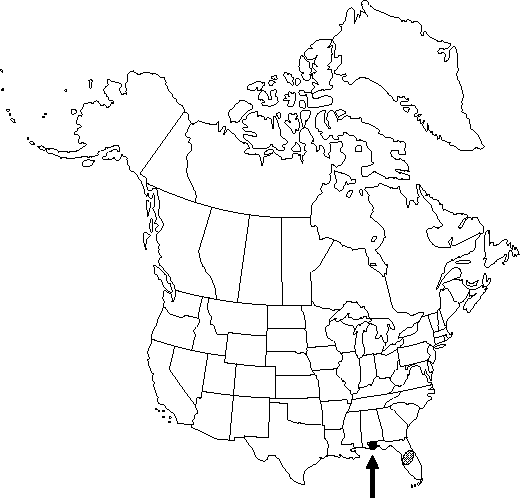Ficus pumila
Sp. Pl. 2: 1060. 1753.
Woody vines or sprawling shrubs, vines closely appressed to substrate, shrubs loosely ascending, evergreen. Roots adventitious, nodal. Branches appressed-pubescent when young, glabrous in age. Leaves dimorphic; stipules 0.3-0.8 cm; petiole 1.5-2 cm. Leaf blade oblong to ovate-elliptic or obovate, 4-10 × 2.5-4.5 cm, those of appressed climbing stems distichous, appressed, smaller (than those of loose, extended, flowering stems), spreading, leathery, base obtuse to rounded, margins recurved, apex obtuse to nearly acute; surfaces abaxially glabrous or puberulent on veins, adaxially glabrous, prominently reticulate; basal pair of veins 1; lateral pairs of veins 3-6, straight; secondary veins prominent. Syconia solitary, pedunculate, green, oblong, obovoid, pyriform, or nearly globose, 3-4 × 3-4 cm, slightly pubescent but becoming glabrescent in age; peduncle thick, 8-15 mm; subtending bracts ovate, 5-7 mm; ostiole closed by 3 bracts, umbonate.
Phenology: Flowering all year.
Habitat: Disturbed thickets
Elevation: 0-10 m
Distribution

Introduced; Fla., native to s, se Asia.
Discussion
Ficus pumila is occasionally cultivated as an ornamental on walls.
Ficus scandens Lamarck is a nomenclaturally illegitimate name.
Selected References
None.